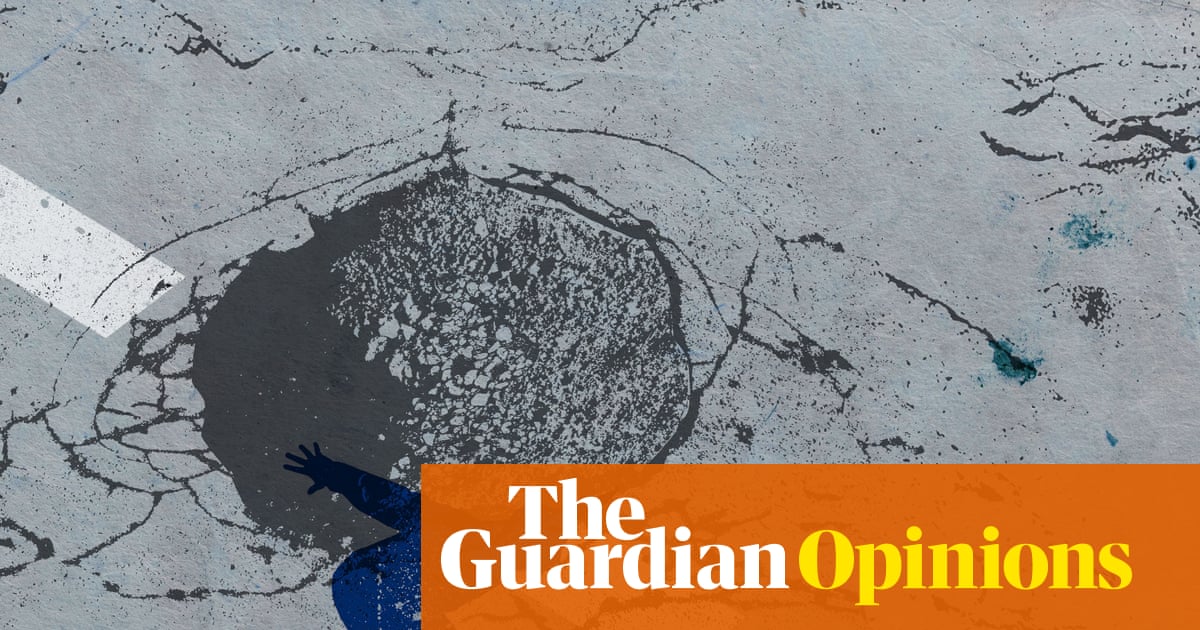
"I was lucky. Last week, I was cycling downhill when I hit a pothole. The front wheel folded into an infinity symbol. I went over the handlebars and, with no time to put my hands out, landed on my face. My helmet and glasses took most of the impact. I emerged, remarkably, with just a few cuts and bruises. My glasses were banjaxed, my bike needed major repairs and my clothes were torn."
"Altogether, that pothole has cost me about 450. Again, I'm lucky I can afford it. But the point is this: fixing a pothole costs us between 45 and 90. Not fixing it costs us far more. God knows how many other people have pranged their bikes or wrecked their car tyres in the same hole. Between us, we may have paid hundreds of times the cost of its repair. If people have suffered significant injuries, so must the NHS."
"One of my correspondents tells me: I'm three months into recovery from a cycling accident with a pothole that left me being airlifted to hospital with potentially life-threatening injuries. As well as a brain haemorrhage (despite a helmet), I had numerous broken bones and can't yet walk without crutches. The cost to the health service must be huge; the cost to him incalculable."
Potholes cause personal injury, vehicle and equipment damage, and significant repair bills for individuals. A single neglected pothole can cost cyclists and drivers far more collectively than the expense of fixing it. Serious accidents from potholes impose large demands on health services and can produce life-changing injuries. Austerity and underfunding that leave road defects and other public services unrepaired therefore increase overall societal costs. Benefit caps and other welfare limits can produce perverse outcomes, such as pushing families over household limits and making social housing unaffordable. False economies in cutting public spending transfer costs onto the wider population.
Read at www.theguardian.com
Unable to calculate read time
Collection
[
|
...
]